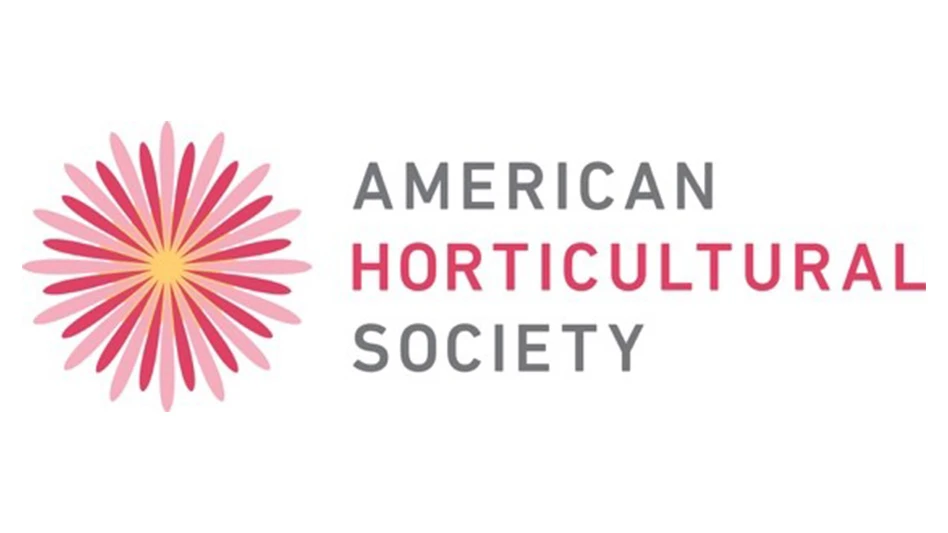 After you’ve sprayed, you’re done, right? Not even close. Pesticide disposal is heavily regulated, and those regulations govern everything from unused spray mixture to contaminated clothing and much more. Proper disposal extends far beyond the container.
After you’ve sprayed, you’re done, right? Not even close. Pesticide disposal is heavily regulated, and those regulations govern everything from unused spray mixture to contaminated clothing and much more. Proper disposal extends far beyond the container.
The Weed Science Society of America’s final entry in its 11-part Pesticide Stewardship Series covers the proper handling and use of pesticides. For more, go to http://wssa.net/category/press/wssa-pesticide-stewardship-series/.
Here are a few important tips from WSSA about pesticide disposal:
Excess product. Avoid having to dispose of excess product by purchasing only the amount needed. Excess pesticides can be given to another qualified user (if the product registration has not expired), taken to a qualified disposal site or collection location, or disposed of through a waste transporter. Special disposal programs may exist for products missing identifying labels.
Unused spray or dip mixture. Whenever possible, eliminate or minimize excess spray or dip mixture by practicing careful measurement, calibration and application. Apply excess mixture to another labeled site or follow all disposal regulations.
Rinsate. Rinse the pesticide container or spray equipment over an impermeable surface and in a way that allows recovery of the rinsate. If the rinsate contains no debris, it can be used the same day as part (up to 5 percent) of the water portion of the next spray mixture. Never pour excess product, unused spray/dip mixture or rinsate onto a roadway or into a sink, toilet, sewer, street drain, ditch or water body.
Empty containers. Rinse containers of liquid products thoroughly at the mixing site as soon as they are emptied using the triple rinse method or a pressure rinser. Puncture the top and bottom of disposable containers to prevent reuse. When disposable containers holding dry formulations are empty, open both ends to help remove any remaining pesticide. If containers are non-refillable, high-density polyethylene, there are collection/recycling programs for agricultural and commercial applicators in most states.
Leftover treated seed. The best way to dispose of a small quantity of leftover seed that has been treated with a pesticide is to plant it in an uncropped area of the farm or garden. Use the normal seeding rate and depth and plant at the proper time of year. Do not put treated seed in your compost pile or leave it on the soil surface.
Contaminated clothing. Discard clothing that has been drenched or heavily contaminated with concentrated product. However, if the pesticide is regulated as hazardous waste, the contaminated clothing may have to be disposed of as hazardous waste.
Personal protective equipment (PPE). Discard PPE that has been damaged, designated as one-time use, expired or reached its use limit. Follow the most strict disposal directions, which may be state or local laws, the pesticide label or the PPE manufacturer’s instructions.
Material from clean-up of spills or leaks. Absorbent material such as pet litter, sawdust or soil should be used to absorb small liquid pesticide spills or leaks and any water/detergent mixture used to clean the spill area. The absorbent material and any soil contaminated in a spill must be placed in a suitable container for proper disposal and treated as pesticide waste.
Containment pad/sump residue. A containment pad/sump is a safety system designed to contain and recover rinsate, spills, leaks, etc. Any solids left in the containment pad/sump should be dried and spread evenly over a large part of the field in accordance with label directions.

Explore the January 2014 Issue
Check out more from this issue and find your next story to read.
Latest from Nursery Management
- The HC Companies, Classic Home & Garden merge as Growscape
- Eason Horticultural Resources will now officially be known as EHR
- BioWorks receives EPA approval for new biological insecticide for thrips, aphids, whiteflies
- Ellen Mackenbach-Lakeman appointed new CEO of Dümmen Orange
- Southern Garden Tour sets 2025 dates for trial garden open houses
- New book explores plants that thrive in Rocky Mountains
- American Floral Endowment establishes Herman Meinders Memorial Tribute
- These companies are utilizing plastic alternatives to reduce horticultural waste





